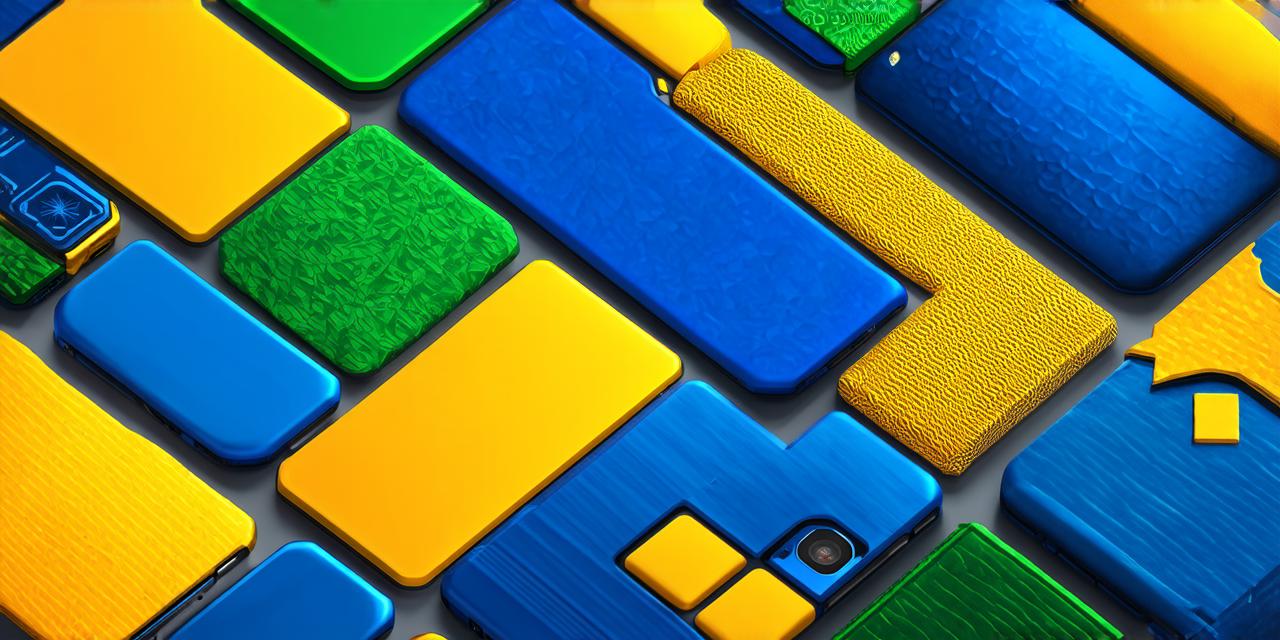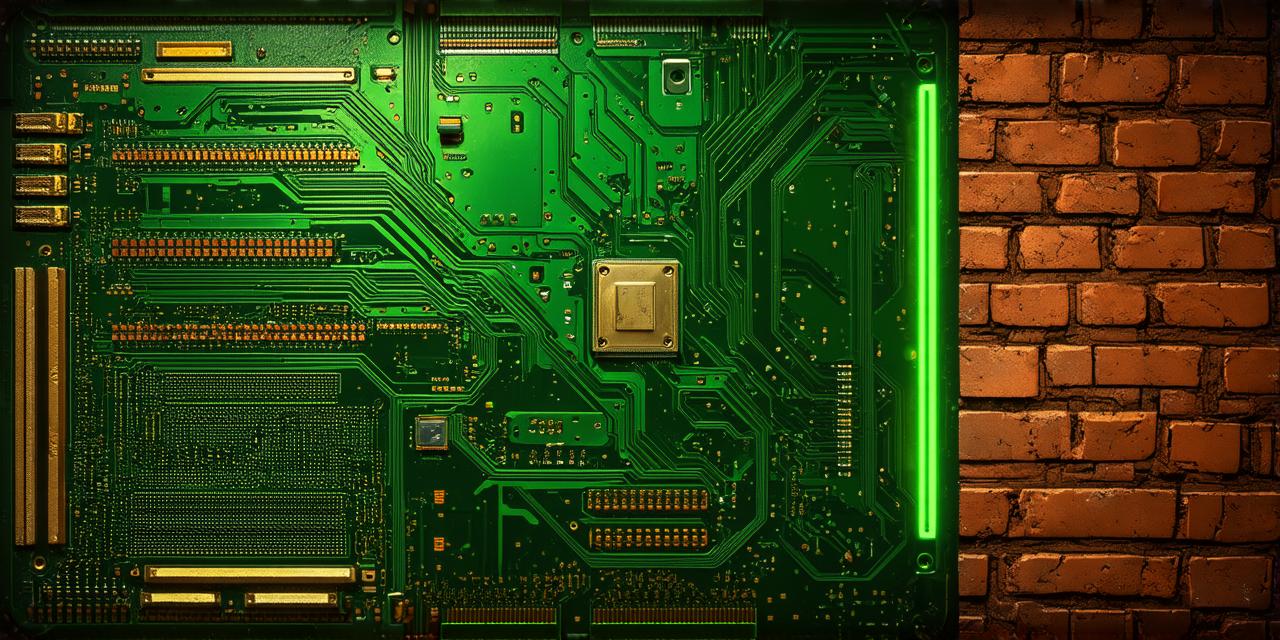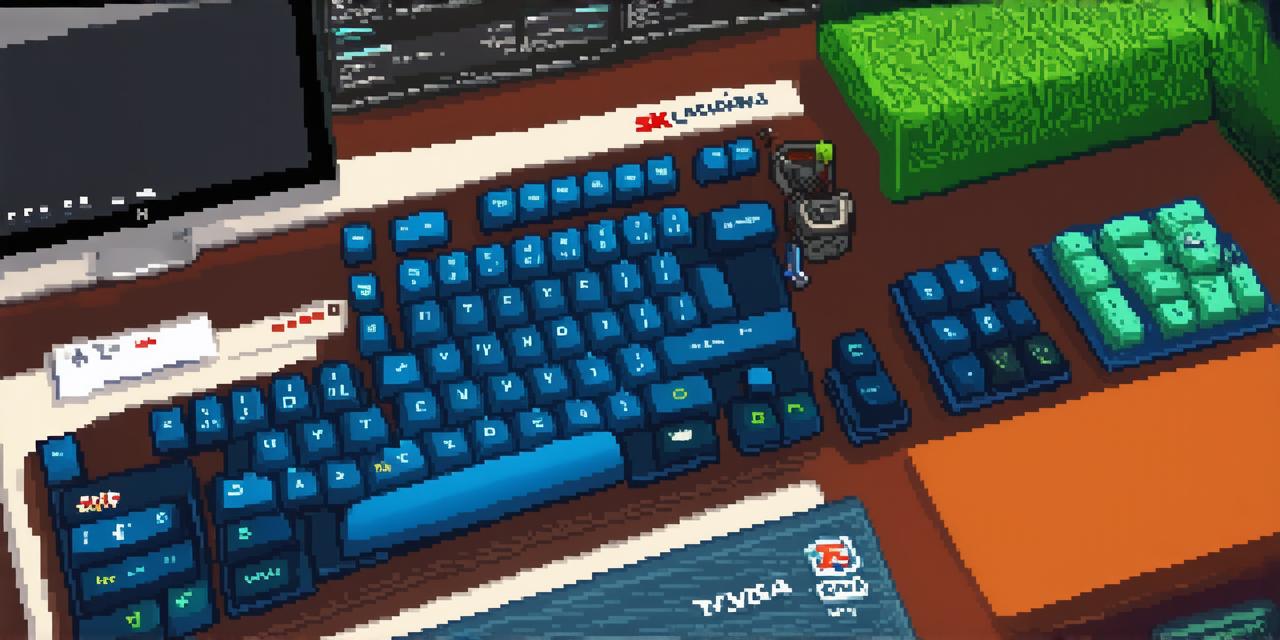Introduction
Mobile gaming is one of the fastest-growing industries in the world, with millions of people around the globe downloading and playing mobile games on their smartphones and tablets. As a game developer, you have the opportunity to create engaging and exciting games that can be enjoyed by people of all ages. However, developing mobile games can be a complex process that requires a variety of skills and knowledge. In this article, we will explore the basics of mobile game development for Unity and provide you with a beginner’s guide to get started.
Why Choose Unity for Mobile Game Development?
Unity is one of the most popular game engines used in mobile game development. It is a versatile and powerful platform that offers a wide range of features and tools that make it easy to create games for multiple platforms, including iOS and Android. Here are some reasons why you should choose Unity for mobile game development:
- Easy to Use
Unity has a user-friendly interface that makes it easy for beginners to get started. It also offers a variety of tutorials and resources that can help guide you through the development process.2. Cross-Platform Support
Unity supports multiple platforms, including iOS, Android, Windows, and consoles. This means that you can create games that can be played on a wide range of devices.
3. Asset Store
Unity has a large asset store that offers a variety of pre-made assets and tools that can help speed up the development process. These include 3D models, animations, and sound effects.
4. Community Support
Unity has a large and supportive community of developers who are always willing to help and share their knowledge. This makes it easy to find answers to your questions and get feedback on your work.
Getting Started with Unity for Mobile Game Development
To get started with Unity for mobile game development, you will need to download the software from the official website. Once you have installed Unity, you can create a new project and start building your game. Here are some steps to help you get started: - Create a New Project
Open Unity and click on "New Project". This will open a window where you can select the type of project you want to create (e.g., 2D, 3D, AR/VR). You will also need to select a template for your game.2. Design Your Game World
Once you have created your project, you can start designing your game world. This involves creating levels, characters, and other assets that will be used in your game. Unity offers a variety of tools and features that make it easy to create 3D models, animations, and sound effects.
3. Write Code
Unity supports both C and JavaScript programming languages. You will need to write code to control the behavior of your game objects and interact with other systems in your game.

4. Test Your Game
As you build your game, it is important to test it regularly to ensure that it is working as expected. Unity offers a variety of built-in tools for testing your game, including playback and debugging features.
5. Publish Your Game
Once you have finished building your game, you can publish it on the app stores for iOS and Android devices. Unity provides detailed instructions for publishing your game, including information on creating app store listings and marketing your game.
Case Study: Creating a Mobile Game with Unity
Let’s take a look at an example of a mobile game that was created using Unity. The game is called "Pac-Man" and it was developed by NVIDIA for iOS and Android devices. Here are some details about the development process:
- Design
The team started by designing the game world and creating assets such as characters, levels, and power-ups. They used Unity’s 3D modeling tools to create 3D models of the characters and levels, and they used Unity’s animation tools to create smooth animations for the characters.




